Description
La Rétameuse by James Abbott McNeill Whistler printed on a T-Shirt
Whistler portrays a poor elderly woman in old-fashioned garb wearing a distinctive bonnet. “La Rétameuse” translates as tinker, a travelling repairer of tinlware and the subject has thrust what may be a shuttle, or large spoon, into the waist of her apron. Several of the etchings that the artist published in “Douze eau-fortes d’apres Nature” (Twelve Etchings from Nature) in 1858 center on French women who worked into old age. He presented them without sentiment or idealization but with an awareness that society’s need for their skills was being swept away by industrialization. The sensitive detailed etching of this subject’s irregular facial features contrasts with looser open lines elsewhere in the image, a handling that echoes Rembrandt whose prints Whistler knew from the collection of his brother-in-law Seymour Haden.
About the T-Shirt
Regular fit
Standard length, the fabric easily gives into movement
Casual wear
A classic, everyday option loved by our customers
Side-seamed
Constructed by sewing two parts together, creating a fitted look
The Unisex Staple T-Shirt feels soft and light with just the right amount of stretch. It’s comfortable and flattering for all. We can’t compliment this shirt enough–it’s one of our crowd favorites, and it’s sure to be your next favorite too!
- Solid colors are 100% Airlume combed and ring-spun cotton
- Ash color is 99% combed and ring-spun cotton, 1% polyester
- Heather colors are 52% combed and ring-spun cotton, 48% polyester
- Athletic and Black Heather are 90% combed and ring-spun cotton, 10% polyester
- Heather Prism colors are 99% combed and ring-spun cotton, 1% polyester
- Fabric weight: 4.2 oz./yd.² (142 g/m²)
- Pre-shrunk fabric
- 30 singles
- Side-seamed construction
- Tear-away label
- Shoulder-to-shoulder taping
- Blank product sourced from Nicaragua, Mexico, Honduras, or the US
James Abbott McNeill Whistler (1834-1903)
James Abbott McNeill Whistler was an American artist active during the American Gilded Age and based primarily in the United Kingdom. He was averse to sentimentality and moral allusion in painting, and a leading proponent of the credo “art for art’s sake”. His signature for his paintings took the shape of a stylized butterfly possessing a long stinger for a tail. The symbol combined both aspects of his personality: his art is marked by a subtle delicacy, while his public persona was combative.
He found a parallel between painting and music and entitled many of his paintings “arrangements”, “harmonies”, and “nocturnes”, emphasizing the primacy of tonal harmony. His most famous painting Arrangement in Grey and Black No. 1 (1871), commonly known as Whistler’s Mother, is a revered and often parodied portrait of motherhood. Whistler influenced the art world and the broader culture of his time with his theories and his friendships with leading artists and writers.

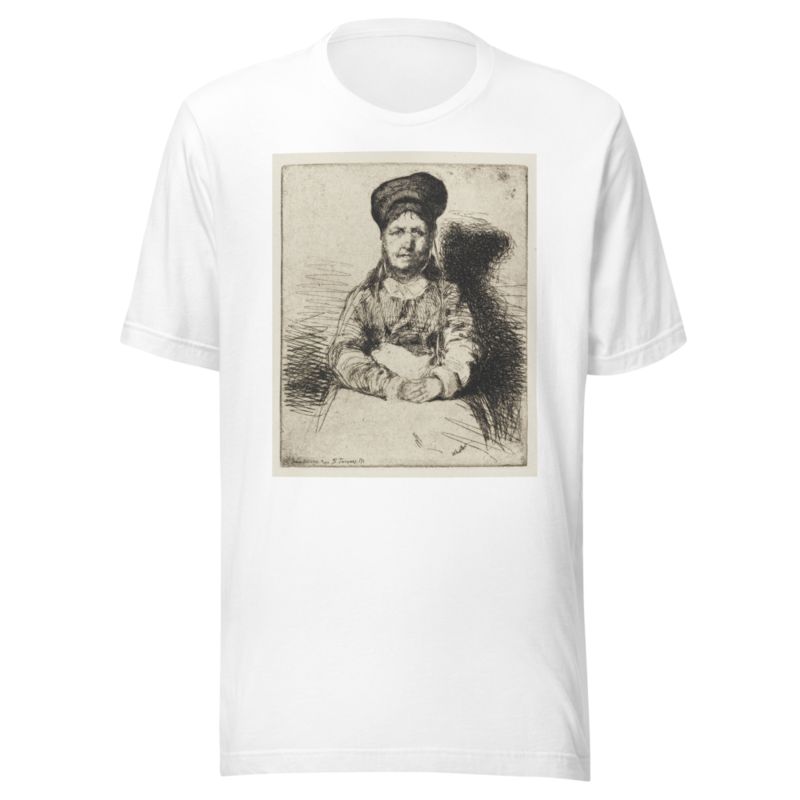
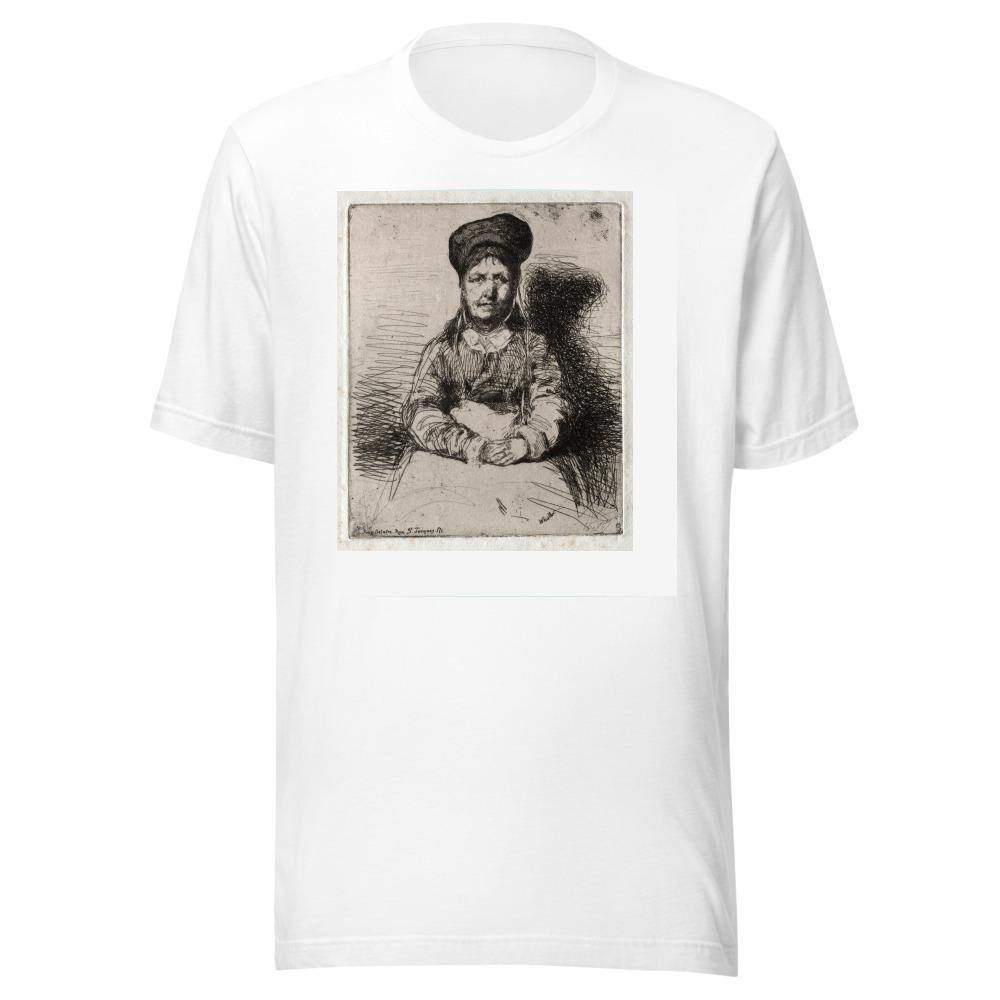
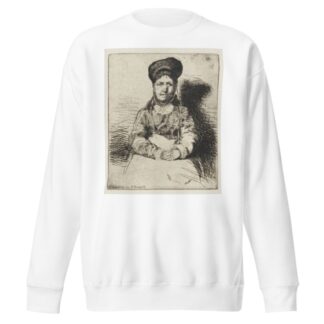
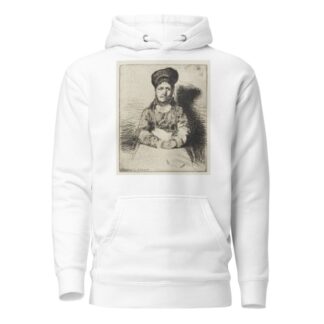
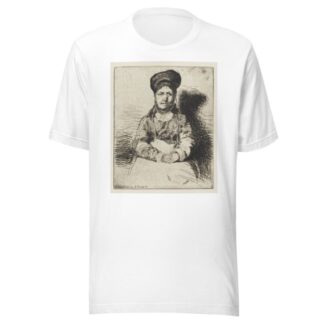
Reviews
There are no reviews yet.